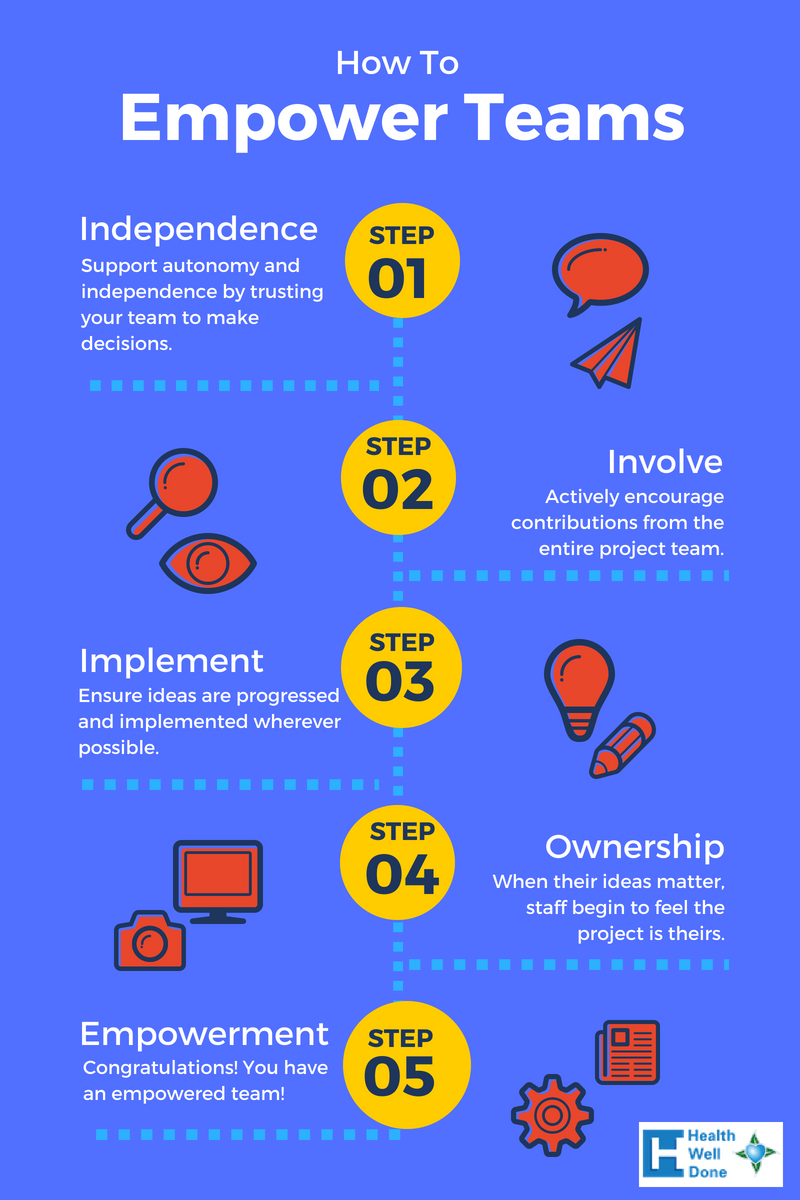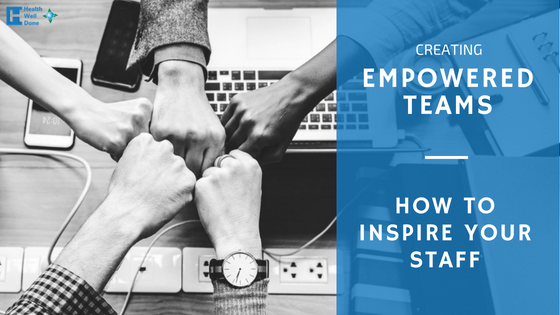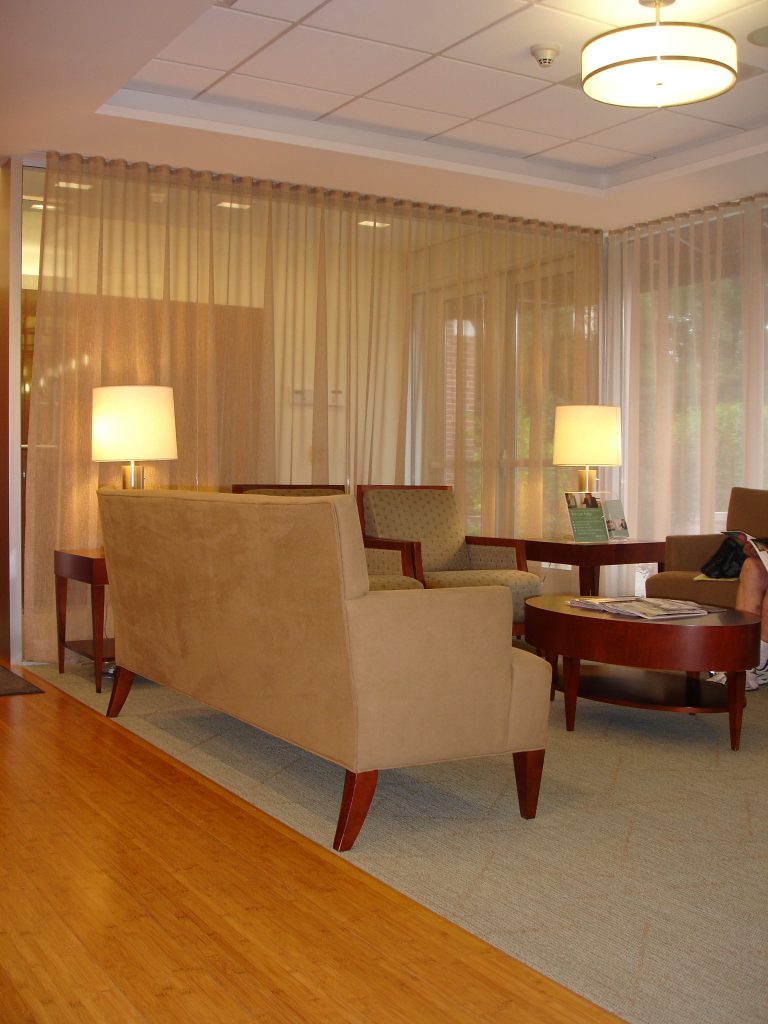After discussing patient independence in my last post, I thought about how independence serves as foundation for creating empowered teams and people. So, this week, I wanted to touch on some ways that we as project managers can empower our teams and foster a creative environment.
If you can promote independence within the team and empower your staff, suddenly people start feeling responsible, accountable for their decisions, and like they really want to make things exceptional. This is where the magic happens, and where patient-centered design starts. So how do you reach that point?
Involve Everyone
I remember working on a high-specification facility in Darien, CT—the Darien Imaging Center for Stamford Health. I invited some of the healthcare team who would run the facility after it was built to our weekly progress meetings.
Every week they attended and contributed their ideas and as a result, became heavily involved in the planning. It didn’t matter that they weren’t technically on the design team, the fact was this was their facility and they needed a say in the design.
Don’t Just Listen, Act
One of the ideas the team suggested was including artwork that featured mountains and natural landscapes in the space to complement the materials used throughout the building—stone and slate.
That suggestion was incorporated into the final design, and what an impact it made on the team. When you get people involved and they say at the meeting table, “I want this particular feature,” and you actually produce it—that’s empowering. That is when your staff starts to realize they really can make a difference and when truly patient-centered healthcare facilities emerge.
an impact it made on the team. When you get people involved and they say at the meeting table, “I want this particular feature,” and you actually produce it—that’s empowering. That is when your staff starts to realize they really can make a difference and when truly patient-centered healthcare facilities emerge.
Promote Ownership
The outcome was a deep sense of pride in their new building because they were able to become so involved in establishing the concept. They respected the space we had built—so much so, that their poor UPS driver scratched the new bamboo floor and nearly lost his head!
While no UPS drivers were harmed during or after construction, what I really remember most about this project was how the entire team pushed to make the project special. Why? Because everyone had a voice and their ideas mattered. It wasn’t my project, it was theirs.
Final Thoughts
 Just last year I revisited that center and ten years later it still looks as stunning as when it was first built. The pride that was instilled during the building’s construction still shines through. When you create a Healthy Team that is independent and empowered, everyone—patients, healthcare staff, the project team—benefits.
Just last year I revisited that center and ten years later it still looks as stunning as when it was first built. The pride that was instilled during the building’s construction still shines through. When you create a Healthy Team that is independent and empowered, everyone—patients, healthcare staff, the project team—benefits.
If you want more tips about how to support patient-centered design with a Healthy Team, I go into detail about how to achieve this in my upcoming book, Health Well Done: A Patient-Centered Management Guide to Building Healthcare Environments. It launches in August 2018 and you can sign up to be notified when it’s released here.







